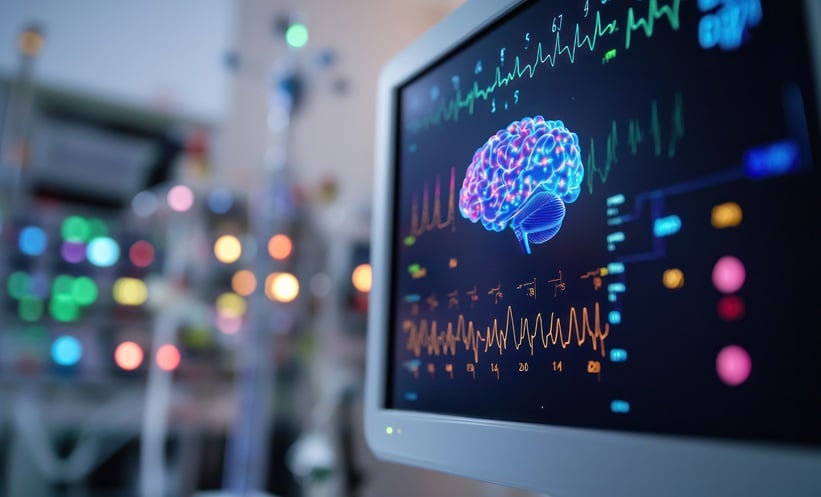BACKGROUND AND AIMS
Neuromyelitis optica spectrum disorders (NMOSD) are a group of conditions affecting the central nervous system.1 Most patients present a seral antibody targeting the aquaporin-4 channel on astrocytes, at the blood–brain barrier interface.1 During relapses, it is possible to observe radiological signs suggesting increased water permeability, such as the presence of bright spotty lesions and posterior reversible encephalopathy syndrome.2.3 However, at state of the art, no biomarkers to predict relapses and monitor the disease course are available.4 Following the hypothesis that, in NMOSD, astrocytes damage could determine subclinical brain water accumulation, possibly varying according to disease activity (relapses), this work aimed to estimate brain water content indirectly by measuring T2-relaxation time (T2rt) in NMOSD patients. The authors also assessed whether T2rt differs in patients having a short-term relapse.
MATERIALS AND METHODS
The authors recruited 77 aquaporin-4-positive patients with NMOSD and 84 age-matched healthy controls (HC) from two European centres (Milan, Italy, and Belgrade, Serbia), undergoing a standardised MRI protocol. The clinical evaluation included the assessment of the Expanded Disability Status Scale (EDSS).5 The authors also annotated the time from the last and subsequent relapse with respect to the date of MRI acquisition.
The T2rt was calculated from brain dual-echo turbo spin-echo images assuming a monoexponential decay to obtain T2rt maps of the normal-appearing white matter (NAWM), grey matter (GM), and basal ganglia. Short-term relapses were defined as occurring within one month before or after MRI scan. Differences between the patients with NMOSD and the HC were assessed with age-, sex-, and site-adjusted linear models. Receiver operating characteristic analyses were run to identify discriminators between stable and short-term relapsing patients.
RESULTS
HC and patients were comparable in age (mean age 41 versus 44 years, respectively), whereas the female to male ratio was higher in patients than HC (62/15 versus 50/34; p=0.004). Compared to HC, patients had significant atrophy of the brain (1482 ml versus 1582 ml; p<0.001), white matter (747 ml versus 780 ml; p=0.007), and GM (732 ml versus 803 ml; p<0.001). In addition, patients with NMOSD had increased T2rt in the GM (103 ms versus 97 ms; p<0.001), NAWM (88 ms versus 84 ms; p<0.001), and putamen (75 ms versus 72 ms; p<0.001) compared to HC. Short-term relapses occurred in 20/77 (26%) of patients. At receiver operating characteristic analysis, higher values of T2rt in the NAWM were able to discriminate between short-term relapsing and stable patients with good accuracy (area under the curve: 0.70; p=0.027).
CONCLUSION
Patients with NMOSD had increased T2rt values, suggesting a subclinical water accumulation in this disorder. The burden of T2rt alterations might be a helpful index of disease activity.






